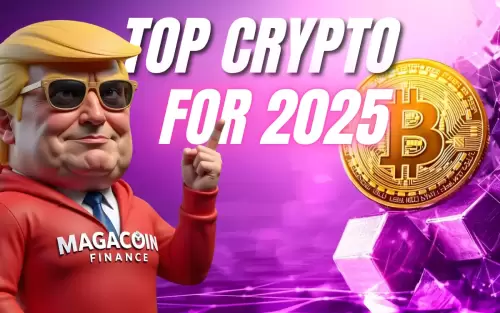 |
|
 |
|
 |
|
 |
|
 |
|
 |
|
 |
|
 |
|
 |
|
 |
|
 |
|
 |
|
 |
|
 |
|
 |
|
Cryptocurrency News Articles
Layer 2s Have Been a Great Blockchain Success Story
May 09, 2025 at 01:27 am
They've reduced congestion on the Ethereum mainnet, driving down gas fees while preserving security
Layer 2s have been a great blockchain success story. They’ve reduced congestion on the Ethereum mainnet, driving down gas fees while preserving security.
But maybe they’ve become too successful, drawing chain activity and fee income from the parent that spawned them? At least that’s what some are suggesting lately, most recently at Cornell Tech’s blockchain conference in late April.
Indeed, some think Ethereum should be a little greedier, or at least fight harder for a bigger part of the revenue pie, particularly sequencing fees.
“People in the Ethereum Foundation [the nonprofit that supports the Ethereum ecosystem] will tell you that, ‘Yes, we effed up by being too ivory tower.’ I have heard that multiple times,” said David Hoffman, an owner at Bankless, during a panel discussion at the Cornell Tech event in New York City on April 25.
Elsewhere, Hoffman has urged Ethereum to make a “strategic pivot,” noting that the crypto environment has changed in the last few years. Ethereum no longer has the “luxury of being a peace-time research project…. exploited by its competition.”
L2s are reaping millions of dollars in transaction order fees (sometimes called sequencing fees), but none of these revenues are being passed on to Ethereum, according to James Beck, head of growth at ENS Labs and another speaker at the New York City conference. Beck told Cointelegraph:In short, Ethereum is a neutral verification layer, but the Ethereum mainnet is not being fairly compensated for the work that it is doing. Centralized for-profit L2s like Base, Optimism and Arbitrum are gathering the lucrative sequencing fees while enjoying the security and liveness guarantees of the Ethereum mainnet at relatively little economic cost.L2s soared after Dencun upgradeL2 rollups are a recent innovation; they only emerged in 2023. The idea was to reduce chain congestion and gas fees by moving transaction processing from the main blockchain (layer 1) to separate chains that sit atop the mainnet (L2s). But transaction processing is arguably the most profitable part of the revenue game, especially when users opt to pay priority fees to get their orders processed faster.
Disclaimer:info@kdj.com
The information provided is not trading advice. kdj.com does not assume any responsibility for any investments made based on the information provided in this article. Cryptocurrencies are highly volatile and it is highly recommended that you invest with caution after thorough research!
If you believe that the content used on this website infringes your copyright, please contact us immediately (info@kdj.com) and we will delete it promptly.






























































